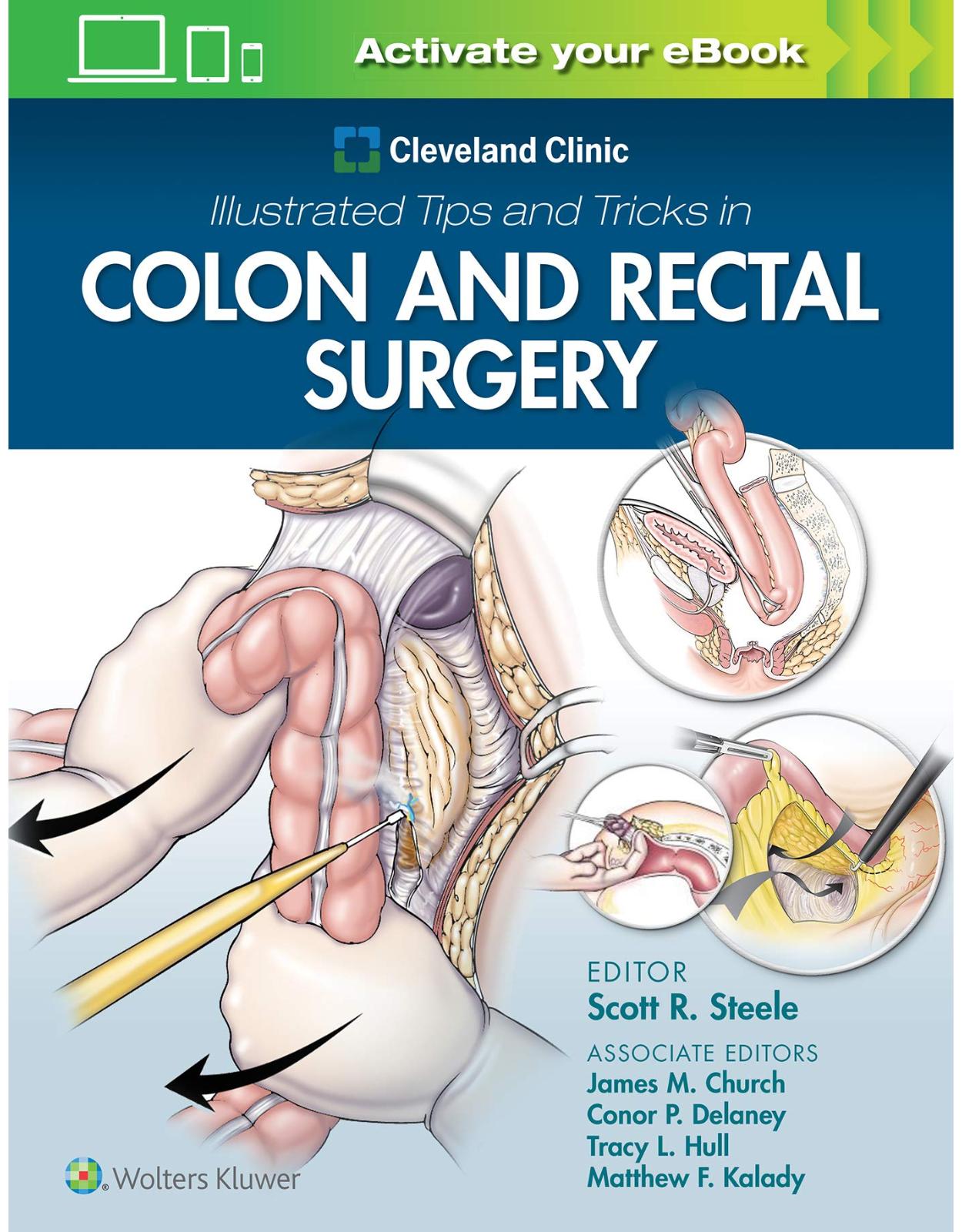
Cleveland Clinic Illustrated Tips and Tricks in Colon and Rectal Surgery
Livrare gratis la comenzi peste 500 RON. Pentru celelalte comenzi livrarea este 20 RON.
Disponibilitate: La comanda in aproximativ 4 saptamani
Autor: Scott Steele
Editura: LWW
Limba: Engleza
Nr. pagini: 638
Coperta: Paperback
Dimensiuni: 20.96 x 1.91 x 27.31 cm
An aparitie: 2020
Disponibila la comanda in 3-4 saptamani
Filled with the collective wisdom and experience of surgeons at the busiest department of colorectal surgery in the world, Cleveland Clinic Illustrated Tips and Tricks in Colon and Rectal Surgery walks you step by step through each procedure, with pointers given along the way as if from a trusted mentor. You’ll find a unique collection of insight and personal clinical experience in dealing with challenging and unusual situations—tips and techniques you can use when faced with similar circumstances in the operating room.
- Focuses on the performance of surgical techniques, described in bulleted lists and highlighted with more than 600 full-color photographs, drawings, and images.
- Uses a highly templated format for quick reference: Perioperative Considerations (brief overviews of equipment, anesthesia, patient positioning, and other procedural elements), Technique, and Pearls and Pitfalls, with the vast majority of each chapter devoted to technique.
- Covers surgery for anorectal disease and pelvic floor disorders, surgery within the abdomen and the pelvis, as well as tips for particular situations such as bowel obstruction, trauma, and the difficult stoma.
- Designed for general surgery residents, colorectal surgery fellows, and practicing colorectal, general, and oncologic surgeons—those in training or anyone who needs to brush up on the latest techniques.
Enrich Your eBook Reading Experience
- Read directly on your preferred device(s), such as computer, tablet, or smartphone.
- Easily convert to audiobook, powering your content with natural language text-to-speech.
Table of Contents:
Cover
Title Page
Copyright
Dedication
Contributors
Foreword
Preface
Contents
PART I In the Operating Room and Anatomy
Chapter 1 Anatomy of the Colon, Rectum, and Anus
Peritoneum
Small Intestine
Duodenum
Jejunum and Ileum
Jejunum
Ileum
Large Intestine
Cecum and Appendix
Rectum
Anus
2 Tools of the Trade: Retractors, Scopes, Probes, and More
Outpatient Office Equipment
General Equipment (Fig. 2-1)
Office Procedures
Pelvic Floor Evaluation
Operating Room Equipment
Minor Anorectal Procedures
Anoscopy, Proctoscopy, and Transanal Procedures
Retractors
Deep Pelvic Instruments (Fig. 2-19)
Staplers (Fig. 2-20)
3 Principles of Operative Positioning
Perioperative Considerations
SUPINE POSITIONING
Perioperative Considerations
Equipment
Technique
LITHOTOMY POSITION
Perioperative Considerations
Equipment
Technique
LITHOTOMY WITH CANDY CANE STIRRUPS
Perioperative Considerations
Equipment
Technique
LITHOTOMY WITH BOOT-TYPE STIRRUPS (eg, YELLOWFINS)
Perioperative Considerations
Equipment
Technique
LITHOTOMY WITH SPLIT-LEG TABLE
Perioperative Considerations
Equipment
Technique
ARM TUCKING
Perioperative Considerations
Equipment
Technique
CHEST STRAP
Perioperative Considerations
Equipment
Technique
PRONE (ie, KRASKE) POSITIONING
Perioperative Considerations
Equipment
Technique
RECTAL IRRIGATION
Perioperative Considerations
Equipment
Technique
4 Advanced Endoluminal Surgery: Endoscopic Mucosal Resection and Endoscopic Submucosal Dissection
ENDOSCOPIC MUCOSAL RESECTION
Perioperative Considerations
Equipment
Technique
ENDOSCOPIC SUBMUCOSAL DISSECTION
Perioperative Considerations
Equipment
Technique (Fig. 4-6)
Dissection
Postoperative Care
5 Combined Endoscopic and Laparoscopic Surgery
Perioperative Considerations
Equipment
Technique
Postoperative Care
6 Interventional Inflammatory Bowel Disease: Endoscopic Management of Complex Inflammatory Bowel Disease
Endoscopic Balloon Dilation of Strictures
Perioperative Considerations
Equipment
Technique
ENDOSCOPIC STRICTUROTOMY
Perioperative Considerations
Equipment
Technique
ENDOSCOPIC FISTULOTOMY
Perioperative Considerations
Equipment
Technique
ENDOSCOPIC CLOSURE OF SURGICAL LEAK
Perioperative Considerations
Equipment
Technique
ENDOSCOPIC SINUSOTOMY
Perioperative Considerations
Equipment
Technique
7 Office Endoscopy
Perioperative Considerations
Equipment (See Chapter 2)
Technique
Scoping Stomas and Diverted Bowel
Scoping Diverted Bowel
PART II Anorectal Disease
Chapter 8 Hemorrhoidectomy
Perioperative Considerations
Sterile Instruments/Equipment
Surgical Approach
MILLIGAN-MORGAN (OPEN)
Technique
FERGUSON (CLOSED)
Technique
USING AN ENERGY DEVICE
Postprocedural Management
9 Anal Fissures: Lateral Internal Sphincterotomy
Perioperative Considerations
History
Examination
LATERAL INTERNAL SPHINCTEROTOMY
Perioperative Considerations
Sterile Instruments/Equipment
Technique
Postoperative Care
SUMMARY
10 Anoplasty for Anal Stenosis
Perioperative Considerations
Operative Preparation
Patient Positioning
Approach and Equipment
Techniques for Anal Stenosis
FLAP PREPARATION AND SCAR RELEASE
Flap Creation: Basic Steps
Securing the Flap
SPECIFIC FLAP CONFIGURATIONS
Y-V or V-Y Flap
House Flap
Diamond Flap
U Flap
Rotational S Flap
Postoperative Care
11 Anorectal Abscess
Perioperative Considerations
Sterile Instruments/Equipment
Technique
Positioning
Examination under Anesthesia
Specific Considerations in the Management of Anorectal Abscess
Role of Antibiotics
Identification of a Fistula at the Time of Abscess Drainage
PERIANAL AND ISCHIOANAL (ALSO KNOWN AS ISCHIORECTAL) ABSCESS
SUBMUCOSAL ABSCESS
INTERSPHINCTERIC ABSCESS
SUPRALEVATOR ABSCESS
DEEP ANTERIOR OR POSTERIOR ANAL SPACE AND HORSESHOE ABSCESS
Technique
Postoperative Care
12 Complex Anorectal Fistulas
Perioperative Considerations
Sterile Instruments/Equipment
Positioning
Setons
Technique
Draining Seton
Cutting Seton
FISTULOTOMY
Technique
ENDORECTAL ADVANCEMENT FLAP
Perioperative Considerations
Positioning
Technique
Postoperative Care
LIGATION OF INTERSPHINCTERIC FISTULA TRACT
Perioperative Considerations
Positioning
Technique
OTHER PROCEDURES
13 Hidradenitis Suppurativa
Perioperative Considerations
Positioning
Special Equipment
Technique
Excision and flaps
Postoperative Care
14 Rectovaginal Fistula
Perioperative Considerations
Sterile Instruments/Equipment
Positioning
Techniques of Fistula Closure
Advancement Flaps
Semicircular Advancement Flap
Sleeve Advancement Flap
Episioproctotomy
Tissue Interposition
15 Rectourethral Fistulas
Perioperative Considerations
Sterile Equipment
Patient Positioning and Draping (See Chapter 3)
Technique
Initial Dissection
Rectal Closure
Urethral Closure
Posterior Urethroplasty
Gracilis Muscle Interposition
Wound Closure
Postoperative Care
16 Crohn Anorectal Disease
Perioperative Considerations
Sterile Instruments/Equipment
Positioning
Technique Anal Tags (Figure 16-4)
Anal Stenosis (Figure 16-5)
Anal Fissure (Figure 16-6)
Anal Fistula
Perianal Abscess
Hemorrhoidal Disease
17 Pilonidal Disease Excise versus Flap: Technical Tips
Perioperative Considerations
Patient Positioning
Sterile Instruments/Equipment
Indications for Surgical Treatment
Positioning and Preparation
Incision and Drainage
General Technique for All Cases
Lay-Open Technique with Marsupialized Pilonidal Pits and Excision of Pilonidal Pits
Wide Local Excision
Limberg Flap (Rhomboid Flap)
Bascom Flap (Cleft Lift)
Postoperative Care
18 Anal Intraepithelial Neoplasia: Performing High-Resolution Anoscopy
Perioperative Considerations
Preprocedural Interview
Sterile Instruments/Equipment
Technique
DETECTION OF ANAL DYSPLASIA
Anal Colposcopy/High-Resolution Anoscopy
Anal Chromoendoscopy
CHROMOENDOSCOPY WITH RETROFLEXION AND INSUFFLATION
Approach Advantages
Normal Anal Anatomic Landmarks
Examples of Chromoendoscopy with Retroflexion and Insufflation
Postoperative Care
Conclusions
PART III The Abdomen
Chapter 19 Anastomotic Construction Techniques
Perioperative Considerations
General Technical Considerations
Types of Anastomoses Based on Anatomy
ENTEROENTERIC OR ILEOCOLONIC ANASTOMOSES
Perioperative Consideration/Approach
Equipment
Techniques
ILEORECTAL AND COLORECTAL ANASTOMOSES
Perioperative Considerations
Equipment
Techniques
20 Complicated Anastomoses: Turnbull-Cutait
Perioperative Considerations
Preoperative Assessment and Evaluation
Discussion with the Patient
Operative Planning
Positioning
Special Equipment
Technique
Postoperative Care
Between Stages I and II
Following Stage II
21 Left Colectomy
Left Colectomy
Perioperative Consideration
Patient Positioning
Operative Approach
Equipment
Technique
Difficulties in Reach
Postoperative Care
22 Right Colectomy
Perioperative Considerations
Equipment
Anesthesia
Patient Positioning
Approach and Equipment
Technique
Laparoscopic Assessment of Resectability
Isolation of the Ileocolic Pedicle
Mobilization of the Ascending Colon and Hepatic Flexure
Mobilization of the Cecum and Small Bowel Mesentery
Transversus Abdominis Plain Block
Umbilical Incision and Exteriorization of the Right Colon
Standard Extracorporeal Resection and Anastomosis (Also See Chapter 19)
Postoperative Care
23 Approaching the Transverse Colon
Perioperative Consideration
Anesthesia and Patient Positioning
Instruments and Equipment
Technique
Port Placement
Surgical Approaches
Right-Sided Medial-to-Lateral Dissection Approach
Dividing the Transverse Mesocolon from the Right
Left-Sided Medial-to-Lateral Dissection Approach to the Transverse Colon
Mesenteric Approach to the Transverse Colon
Superior Approach to the Transverse Colon
Postoperative Care
24 The Difficult Splenic Flexure
Perioperative Considerations
Patient Positioning
Instruments and Equipment
Technique
25 Cytoreductive Surgery and Hyperthermic Intraperitoneal Chemotherapy
Perioperative Considerations
Intraoperative Assessment
Program Requirements
Developing a Successful Hyperthermic Intraperitoneal Chemotherapy Program
Commonsense Guidelines for Fewer Complications, Frustrations, and Improving Safety
Hyperthermic Intraperitoneal Chemotherapy Perfusion Technique
Surgical Considerations
Management of Bowel Resections
Disease on the Hemidiaphragm
Abdominal Wall and Pelvic Viscera
Placement of Hyperthermic Intraperitoneal Chemotherapy Tubing (Closed Technique)
Intraoperative and Anesthesia Concerns
During Hyperthermic Intraperitoneal Chemotherapy Administration
Summary
Postoperative Management
26 Desmoids
Perioperative Considerations
Genetics
Definitions
Incidence and Risk with Regard to Surgical Planning
Clinical Presentation
Treatment
Patient Positioning
Approach and Equipment
Technique
Technique of Resection
Postoperative Care
27 Enterocutaneous Fistula
Perioperative Considerations
Operative Preparation
Patient Positioning
Approach and Equipment
Technique
Abdominal Closure
Postoperative Care
PART IV The Pelvis
Chapter 28 Intraoperative Radiation Therapy for Colorectal Cancer
Perioperative Considerations
Technique
29 Local Excision of Rectal Neoplasia
Perioperative Considerations
Indications for Surgical Treatment
Limitations
Preoperative Preparation
Patient Positioning
STANDARD TRANSANAL EXCISION
Technique
TRANSANAL MINIMALLY INVASIVE SURGERY
Technique
Postoperative Care
30 Approaching Presacral Tumors
Perioperative Considerations
Preoperative Evaluation
Pathologic Considerations
Multidisciplinary Team Approach
Operative Considerations
Equipment
Technique
POSTERIOR APPROACH
Incision Types
Technique
Posterior Technique of Dissection into the Retrorectal Space
ABDOMINAL APPROACH
COMBINED ABDOMINAL/POSTERIOR APPROACH
Postoperative Care
31 Proctectomy from Above
LAPAROSCOPIC LOW ANTERIOR RESECTION
Perioperative Considerations
Sterile Instruments and Equipment
Patient Positioning
Instrument and Personnel Positioning
Port Insertion
Technique
Left Colon Mobilization
Rectal Mobilization
Postoperative Care
32 Transanal Total Mesorectal Excision
Perioperative Considerations
Preoperative Setting: Rectal Cancer Patients
Anesthesia
Patient Positioning
Prior to Sterile Field Preparation
Sterile Field Preparation and Operating Room Setup
Instruments Needed (See Chapter 31 for the Abdominal Proctectomy Portion)
Purse-String Suture Placement
Important Points to Consider When Performing the Purse-String Suture
PROCTOTOMY
DISSECTION
Connection of Transanal and Abdominal Dissections
Extraction of the Specimen
Anastomosis
Handsewn Anastomosis
Stapled Anastomosis
Distal Purse-String Suture
Postoperative Care
33 GYN-Onc Considerations for Complex and Multivisceral Colorectal Disease
Perioperative Considerations
Background: Gynecologic Organ Involvement by Colon Cancer
Preoperative Considerations
Intraoperative Considerations
Postoperative Care
34 Spinal and Orthopedic Considerations for Advanced Multivisceral Colorectal Cancer
Perioperative Considerations
Indications/Contraindication
Sterile Instruments/Equipment
Surgical Approaches
NAVIGATION/LOCALIZATION FOR OSTEOTOMY
Technique
NERVE ROOT DISSECTION
Technique
OSTEOTOMIES
Technique
INSTRUMENTATION/RECONSTRUCTION
Technique
CLOSURE
Technique
Postoperative Care
35 Intraoperative Urology Consultation
Perioperative Considerations
Delayed Presentation
Safeguards
Ureteral Catheters
Lighted Ureteral Catheters
Intraoperative Cystoscopy
Intraureteral Indocyanine Green
Intraoperative Consultation for Injury
Intraoperative Management of Ureteral Injury
Ureteral Repairs
Endourologic
Technique
Open Options for Repair
Mid-ureteral Injury
Ureteroureterostomy
Distal Ureteral Injury
Boari Flap +/– Psoas hitch (Fig. 35-6)
Bladder Repair
Urethral Repair
Special Considerations
Postoperative Identification of Ureteral Injury
Postoperative Care
PART V Technical Tips for Specific Situations
Chapter 36 Complex Diverticular Disease: Colovaginal and Colovesicle Fistula Repair
Perioperative Considerations
Laparoscopic Approach
Sterile Surgical Equipment
Technique
Port Placement
Procedure Details
Hand Assist
Open
Specific Considerations
Postoperative Care
37 Large Bowel Obstruction
Perioperative Considerations
Positioning
LAPAROSCOPIC DIVERTING LOOP ILEOSTOMY
Perioperative Considerations
Indications
Specific Equipment
Technique
LAPAROSCOPIC DIVERTING LOOP COLOSTOMY
Technique
Indications
Specific Equipment
Procedure
LAPAROTOMY WITH SIGMOID RESECTION ON-TABLE COLONIC LAVAGE, COLORECTAL ANASTOMOSIS, AND DIVERTING LOOP ILEOSTOMY
Technique
Indications
Patient Positioning
Specific Equipment
Procedure
ENDOSCOPIC DECOMPRESSION OF SIGMOID VOLVULUS AND DRAIN PLACEMENT
Technique
Indications
Equipment Needed
Procedure
ENDOSCOPIC PLACEMENT OF SELF-EXPANDING METAL STENT FOR PALLIATION
Technique
Indications
Equipment Needed
Procedure
Postoperative Care
38 Endometriosis
Perioperative Considerations
Symptom Assessment
Clinical Examination
Imaging
Intraoperative Considerations
Technique
CONSERVATIVE, SYMPTOM-GUIDED APPROACH—SHAVING OR PARTIAL-THICKNESS EXCISION
Postoperative Considerations
Outcomes
Surgical Complications
Fertility and Pregnancy
Recurrence
Postoperative Care
39 Trauma of the Colon, Rectum, and Anus
Perioperative Considerations
Diagnosis/Mechanism of Injury
Sterile Instruments/Equipment
Patient Positioning and Preparation
CONDUCT OF TRAUMA LAPAROTOMY
Technique
Injuries of the Colon
Injuries of the Rectum
Damage Control Scenarios
Postoperative Care
40 Ileal Pouch-Anal Anastomosis
Perioperative Considerations
Construction of the J and S Pouch
Sterile Instruments and Equipment
Patient Positioning
Technique
Mucosectomy and Handsewn Anastomosis with a J Pouch
Postoperative Care
41 Crohn Disease: Surgical Management
Perioperative Considerations
Procedures: Laparoscopic Surgery for Inflammatory Bowel Disease
Patient Positioning
Sterile Instruments/Equipment
Traditional Method for Mesentery Ligation and Sutured Anastomosis
Alternative Method
LAPAROSCOPIC TRANSVERSUS ABDOMINIS PREPERITONEAL PLANE BLOCK
Technique
Specific Equipment
Procedure: Laparoscopic Transversus Abdominis Preperitoneal Plane Block
EQUIPMENT LAPAROSCOPIC OR SINGLE-INCISION LAPAROSCOPIC SURGERY DIVERTING LOOP ILEOSTOMY
Technique
Equipment
Traditional Method
Alternative Method
Procedures: Laparoscopic or Single-Incision Laparoscopic Surgery Diverting Loop Ileostomy
MATURING THE STOMA
Technique
Traditional Method
Alternative Method
LAPAROSCOPIC AND OPEN ILEOCOLIC OR SMALL BOWEL RESECTION
Technique
Equipment
Procedure: Laparoscopic and Open Ileocolic or Small Bowel Resection
SURGERY FOR SMALL INTESTINAL STRICTURES—SMALL BOWEL RESECTION AND STRICTUREPLASTY PROCEDURES
Technique
Equipment
Procedure: Surgery for Small Intestinal Strictures—Strictureplasty Procedures
Heineke-Mikulicz Strictureplasty
Finney Strictureplasty
Isoperistaltic Strictureplasty
Special Case: Duodenal Strictures
Postoperative Care
42 Colorectal Cancer: Management of Stage IV Disease
Perioperative Considerations
Surgical Approach to Distant Metastatic Disease
Combined Liver Colon/Colon or Rectum Approach
Surgical Approach to Local Metastatic Disease
Sterile Surgical Equipment
Technique
Positioning and Preoperative Considerations
Abdominal Portion
Pelvic Portion
Perineal Portion
Closure (See Chapter 50)
Palliative Approach to Obstructing Disease
LAPAROSCOPIC SIGMOID COLOSTOMY
Technique
Sterile Surgical Equipment
Surgical Technique
BLOW HOLE/TRAVERSE COLOSTOMY
Technique
Surgical Technique
ENDOSCOPIC STENTING
Technique
Equipment
Postoperative Care
43 Construction of Intestinal Stomas
Perioperative Considerations
Instruments and Equipment
LAPAROSCOPIC
Technique
Ileostomy
Right Transverse Colostomy
Sigmoid Colostomy
OPEN TECHNIQUE
Ileostomy
Colostomy
44 The Difficult Stoma
Risk Factors for the Difficult Stoma
Preoperative Variables
Operative Variables Encountered during Surgery
Ostomy Siting
Perioperative Considerations
Patient Positioning
Equipment and Supplies
Abdominal Wall Defects
Obesity
Tips for Obese Patients
Shortened Mesentery
ILEOSTOMY
Technique
COLOSTOMY
Technique
Postoperative Ostomy Complications and How to Prevent Them
STOMAL COMPLICATIONS
Ischemia
Peristomal Hernia
Technique
Stoma Prolapse
Technique
Parastomal Varices
Stricture
Retraction
45 Complex Abdominal Wall Reconstruction and Parastomal Hernia Repair after Colorectal Surgery
General Perioperative Considerations
Patient Assessment
Operative Approach
Patient Preparation
Mesh Choice
Laparoscopic Parastomal Hernia Repair
Laparoscopic Technique
Positioning
Port Placement
Adhesiolysis
Keyhole Mesh Preparation
Mesh Fixation
Laparoscopic Sugarbaker Technique
Lateralization of the Ostomy
Open Parastomal Hernia Repair
Preoperative Evaluation
Operative Approach
Parastomal Hernia Repair with the Ostomy In Situ
Postoperative Care
Robotic Parastomal Hernia Repair
Summary
46 Kock Pouch (K-pouch)
Perioperative Considerations
Patient Positioning
Approach and Equipment
Technique
Pouch Creation
Valve Creation
Valve Fixation
Closure of the Anterior Wall of the Pouch
Intubation Simulation
Checking for Integrity and Continence
Stoma Creation
Postoperative Care
PART VI Pelvic Floor Disorders
Chapter 47 Rectal Prolapse
Perioperative Considerations
Patient Positioning
Equipment
Anesthesia
DELORME PROCEDURE
Technique
ALTEMEIER PROCEDURE (PERINEAL PROCTOSIGMOIDECTOMY)
Perioperative Considerations
Technique
ABDOMINAL PROCEDURES
Posterior Rectopexy +/– Sigmoid Resection
Postoperative Care
48 Ventral Rectopexy
Perioperative Considerations
| An aparitie | 2020 |
| Autor | Scott Steele |
| Dimensiuni | 20.96 x 1.91 x 27.31 cm |
| Editura | LWW |
| Format | Paperback |
| ISBN | 9781975108250 |
| Limba | Engleza |
| Nr pag | 638 |
-
38600 lei 34900 lei

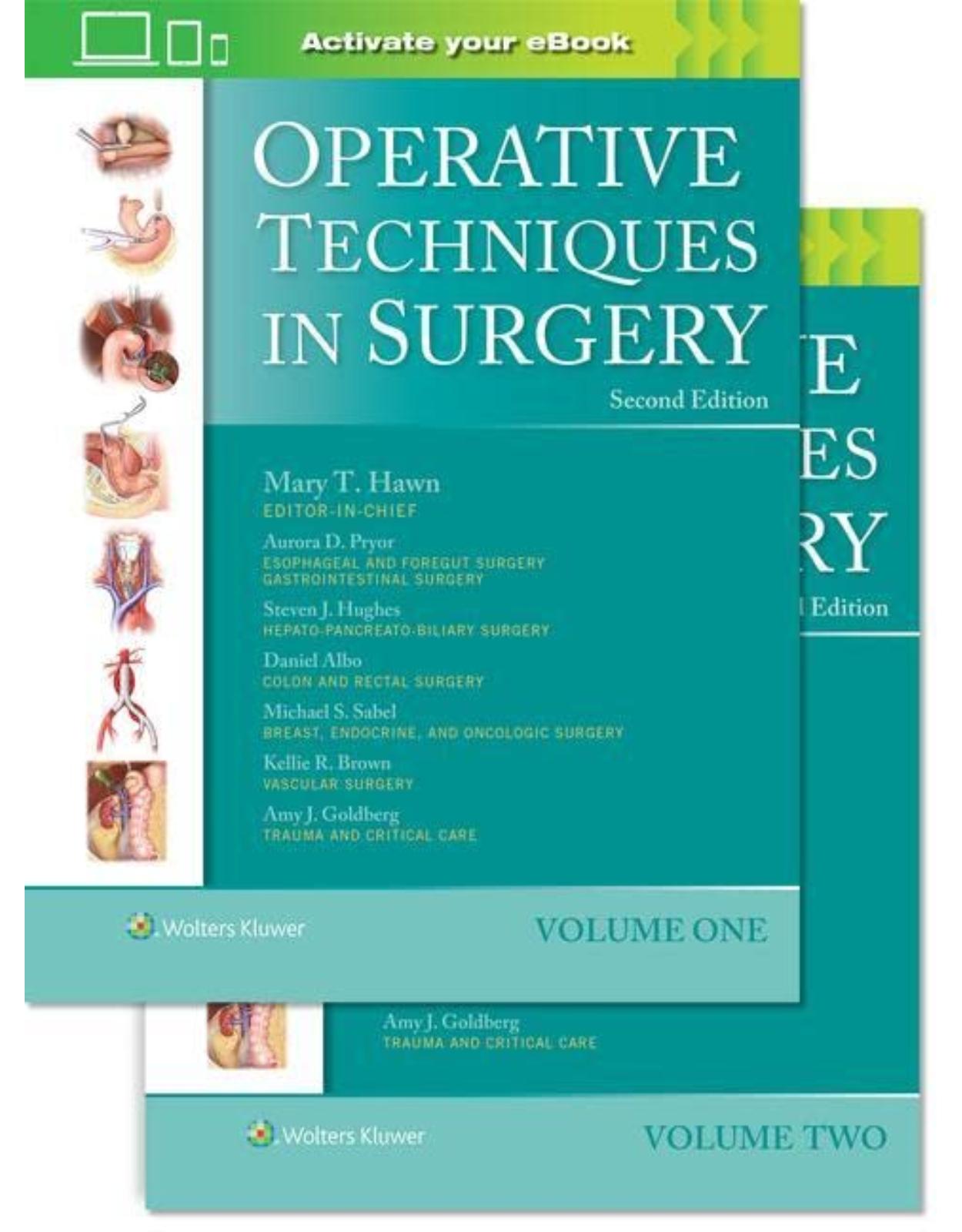
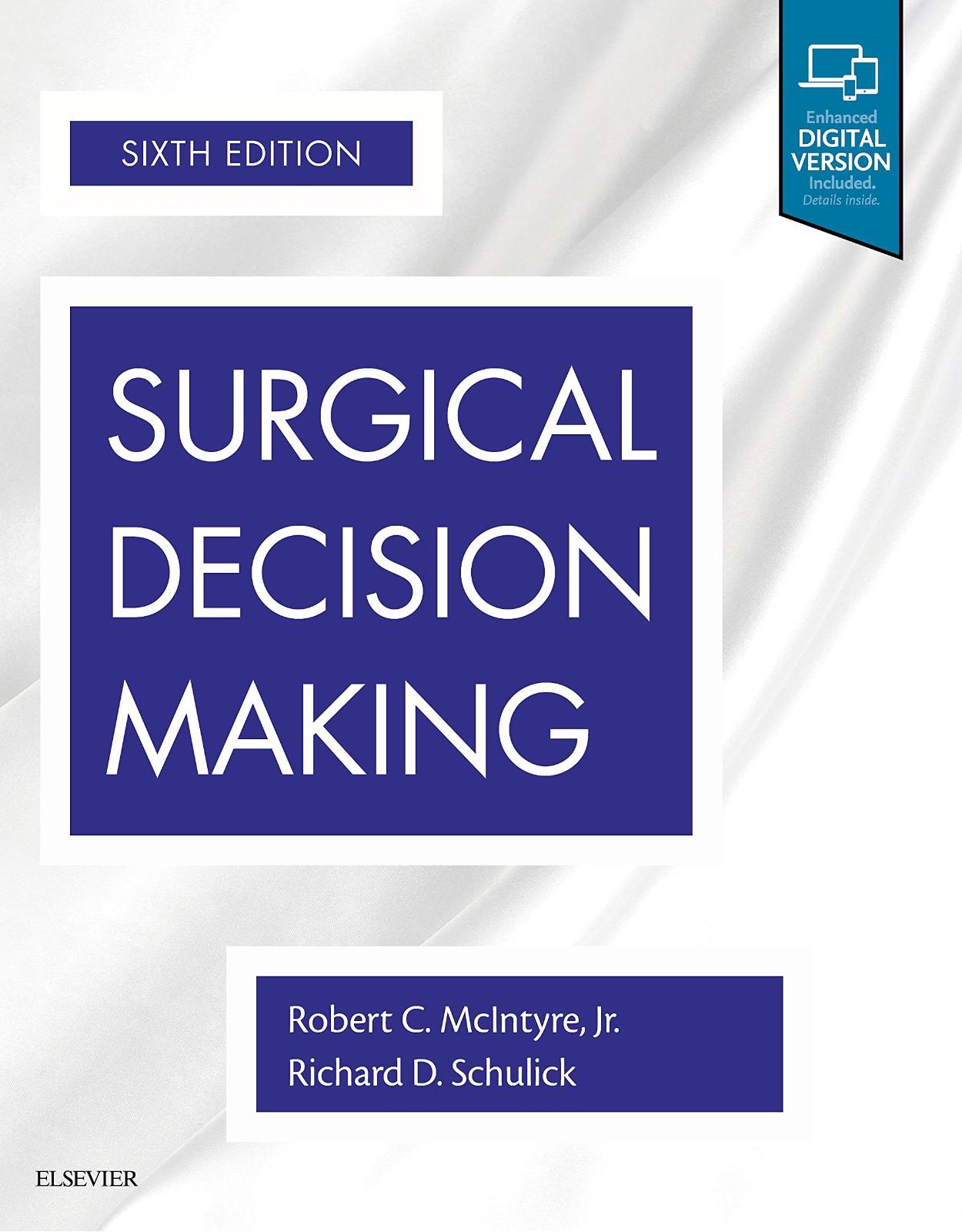
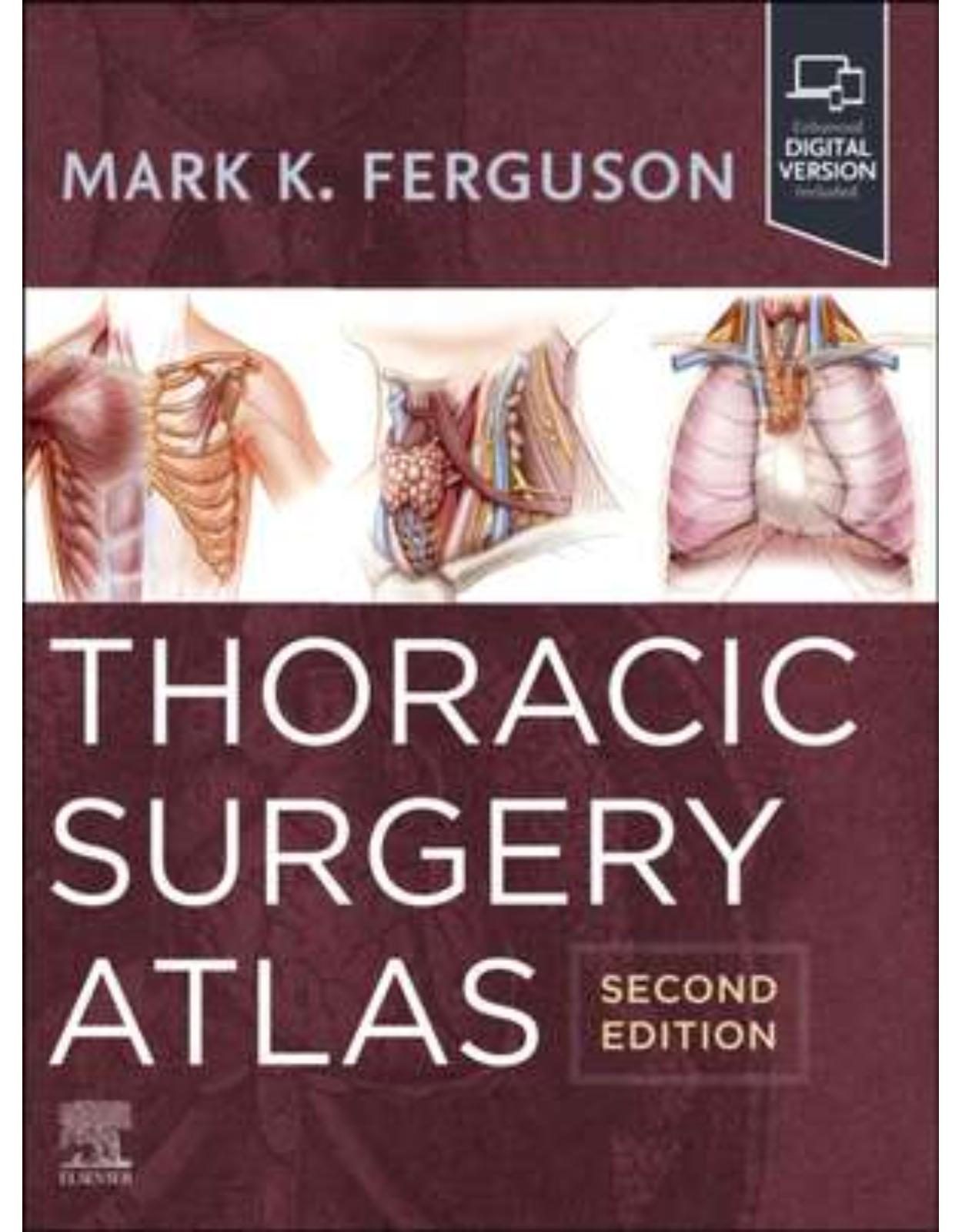
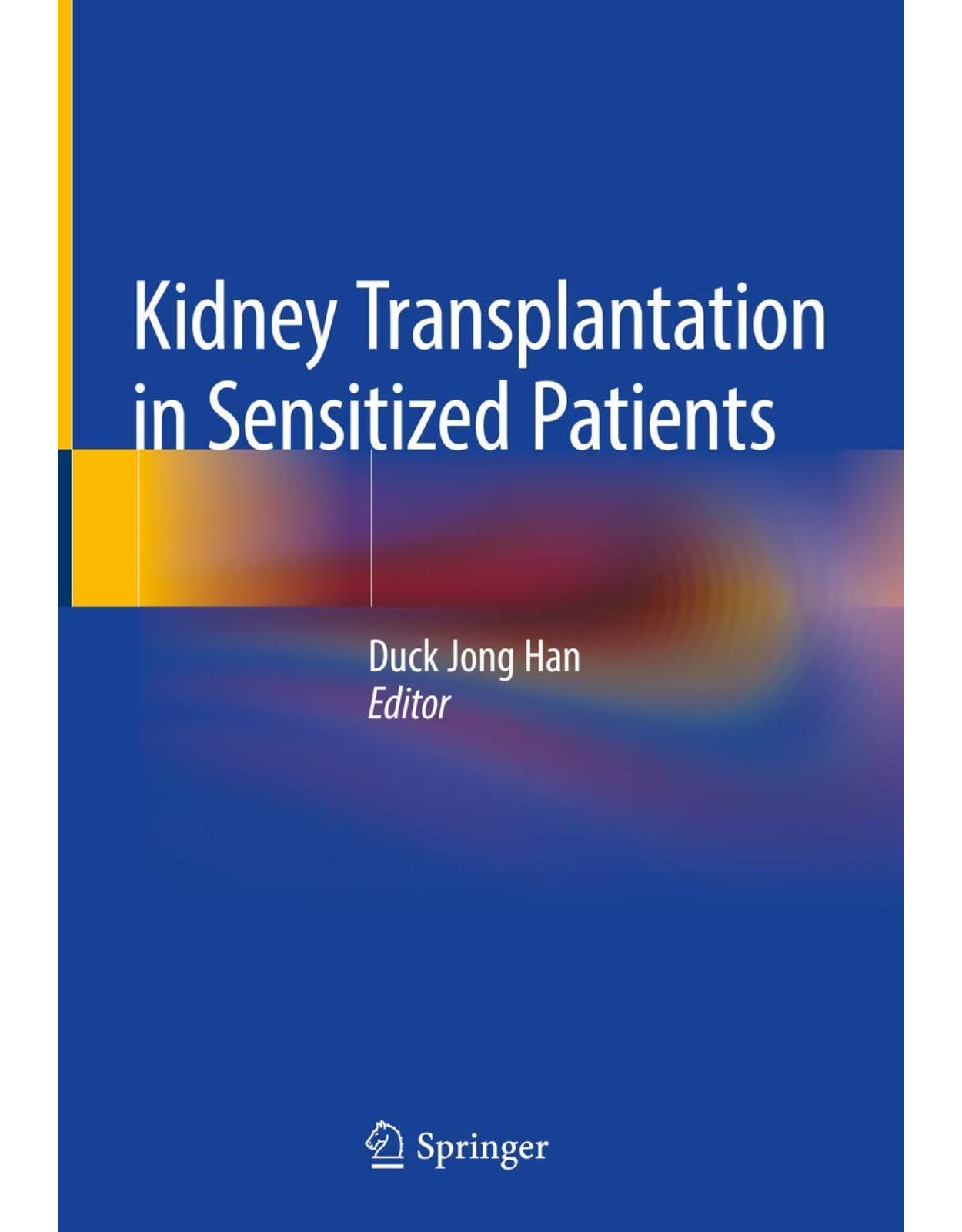
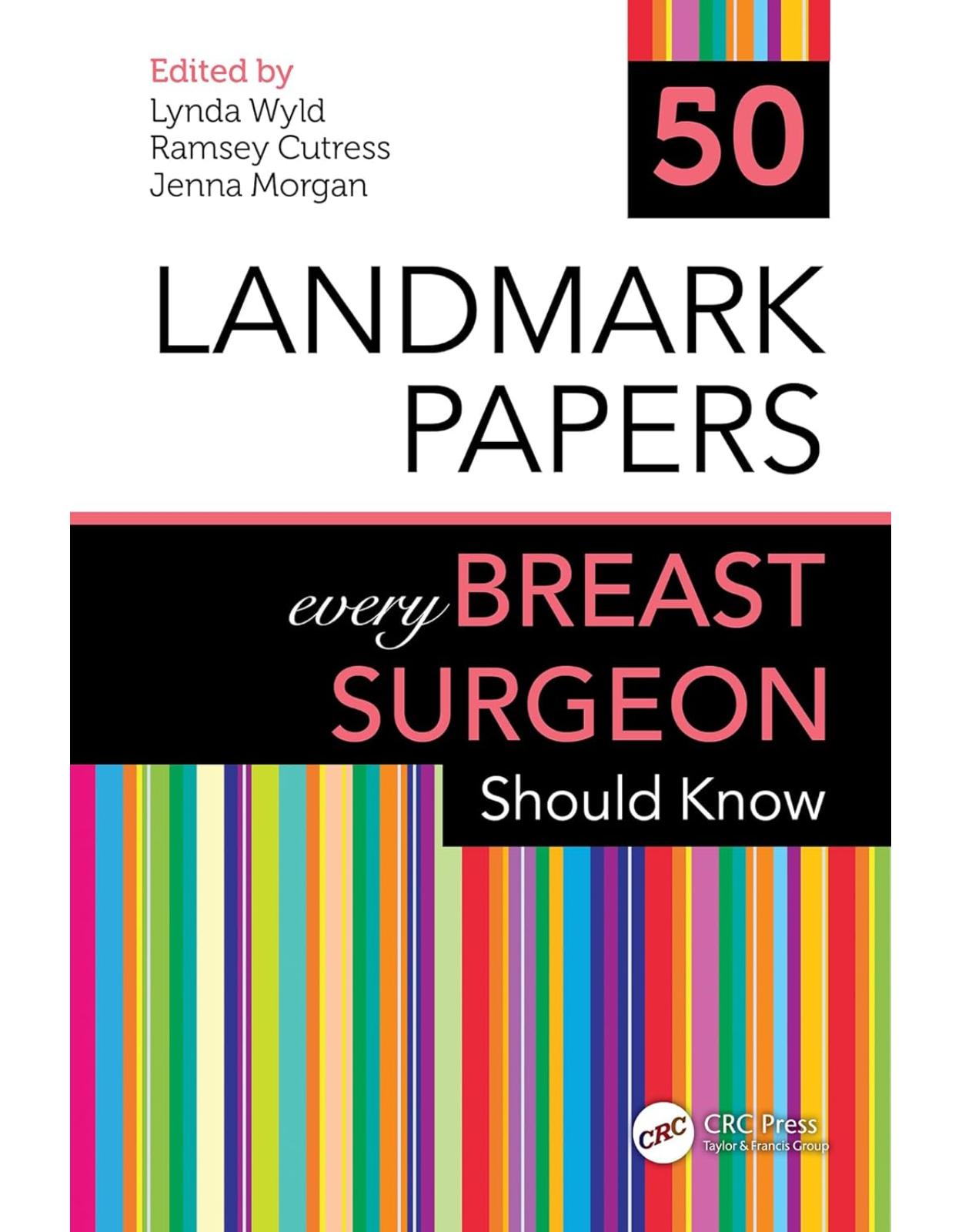
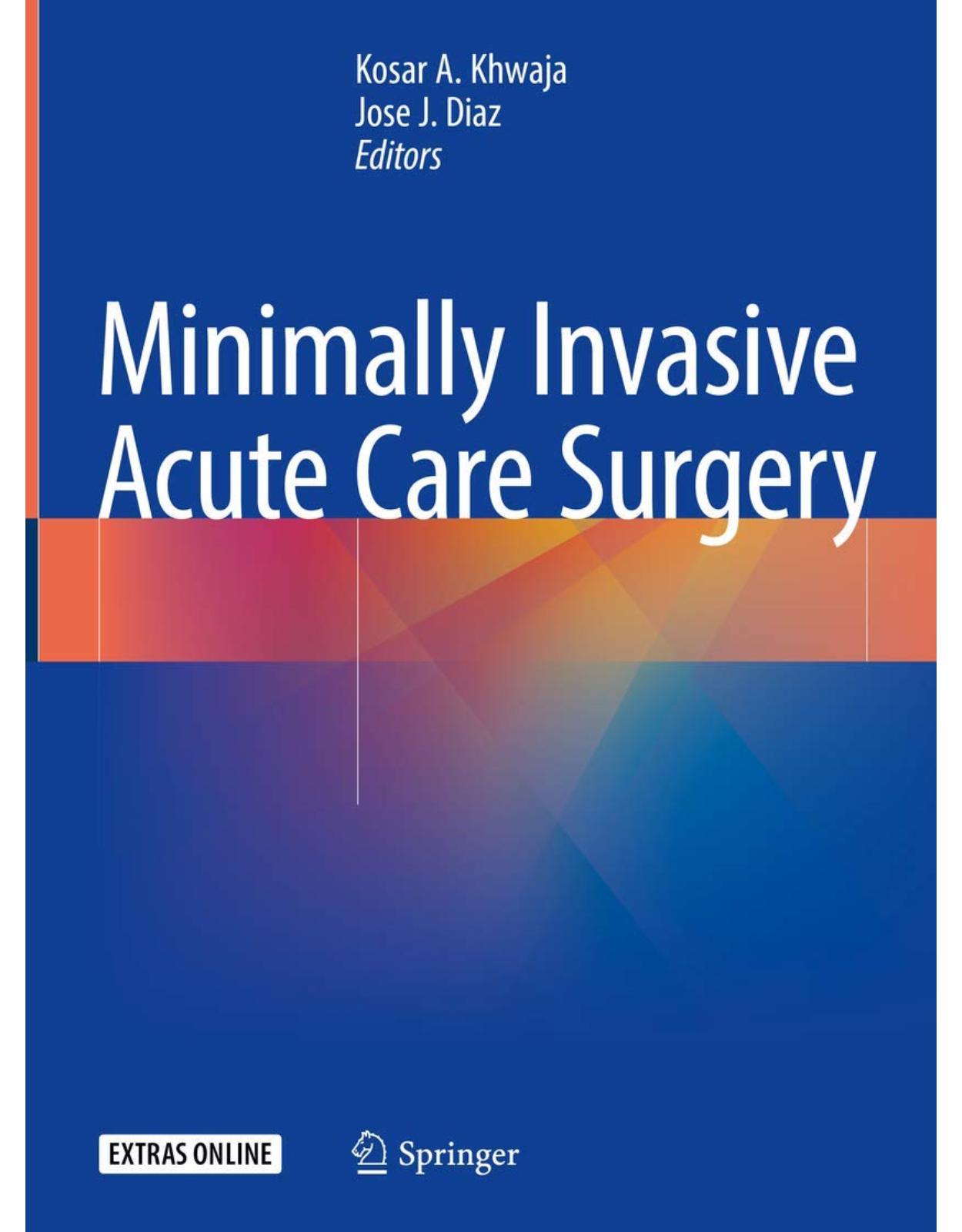
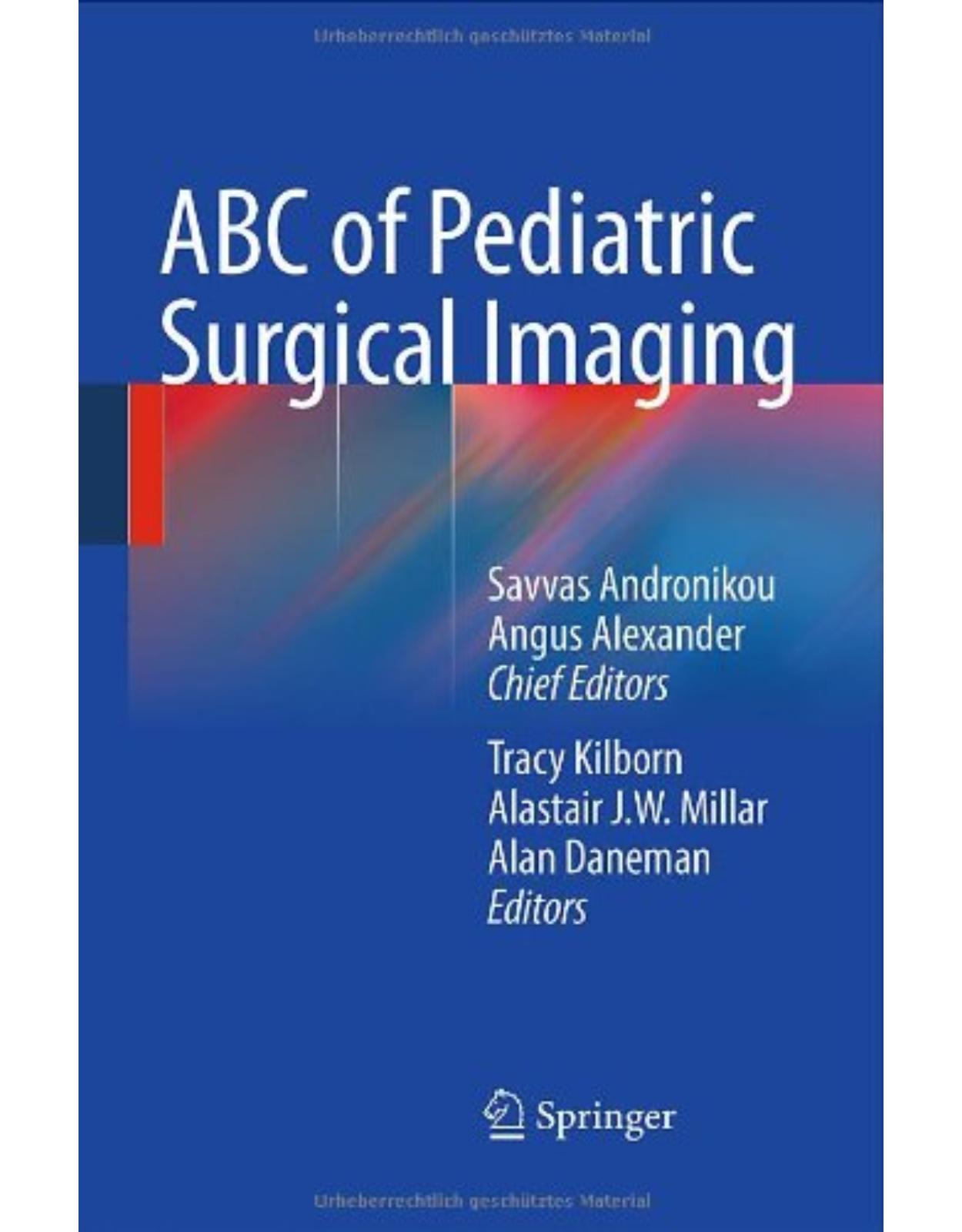
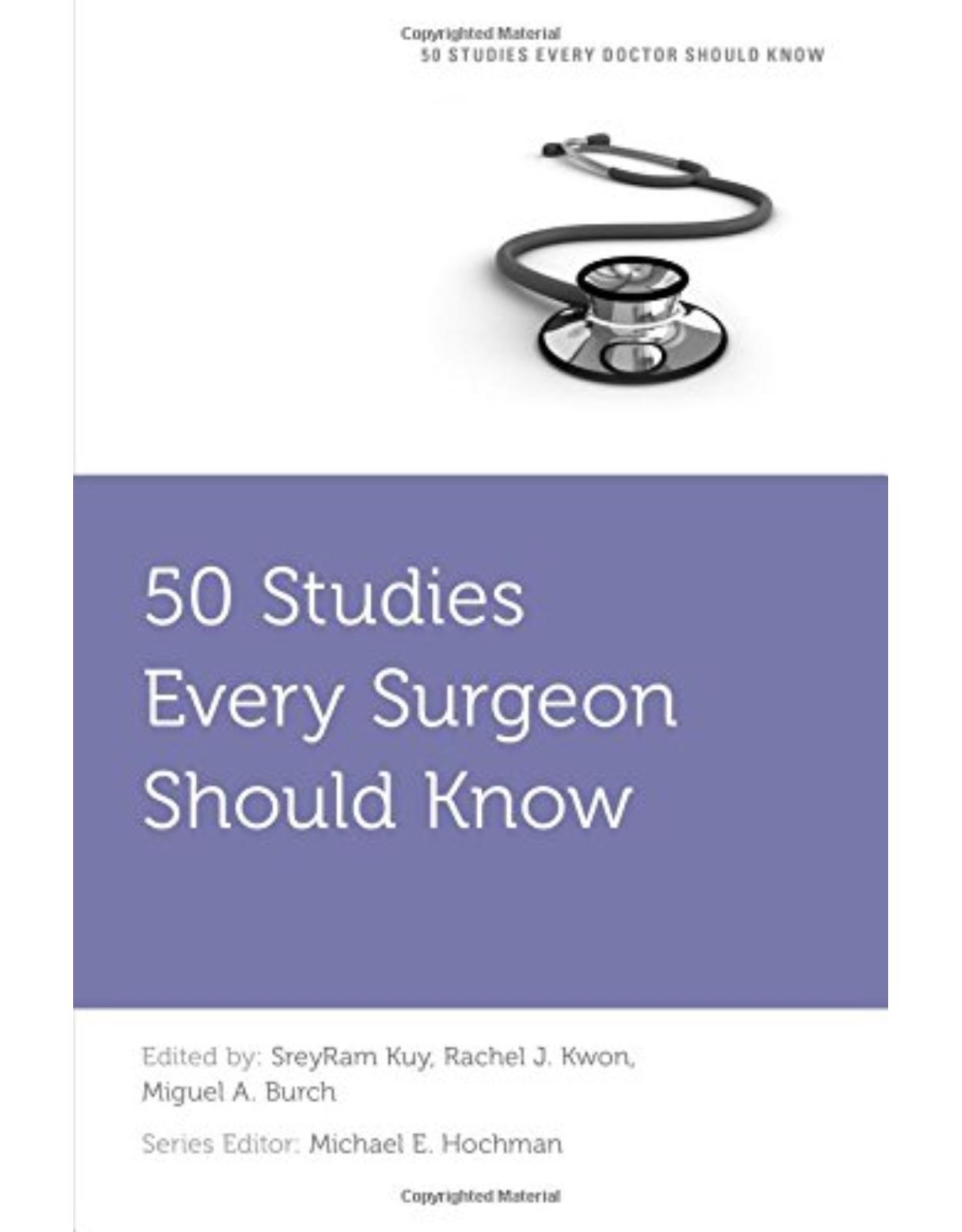
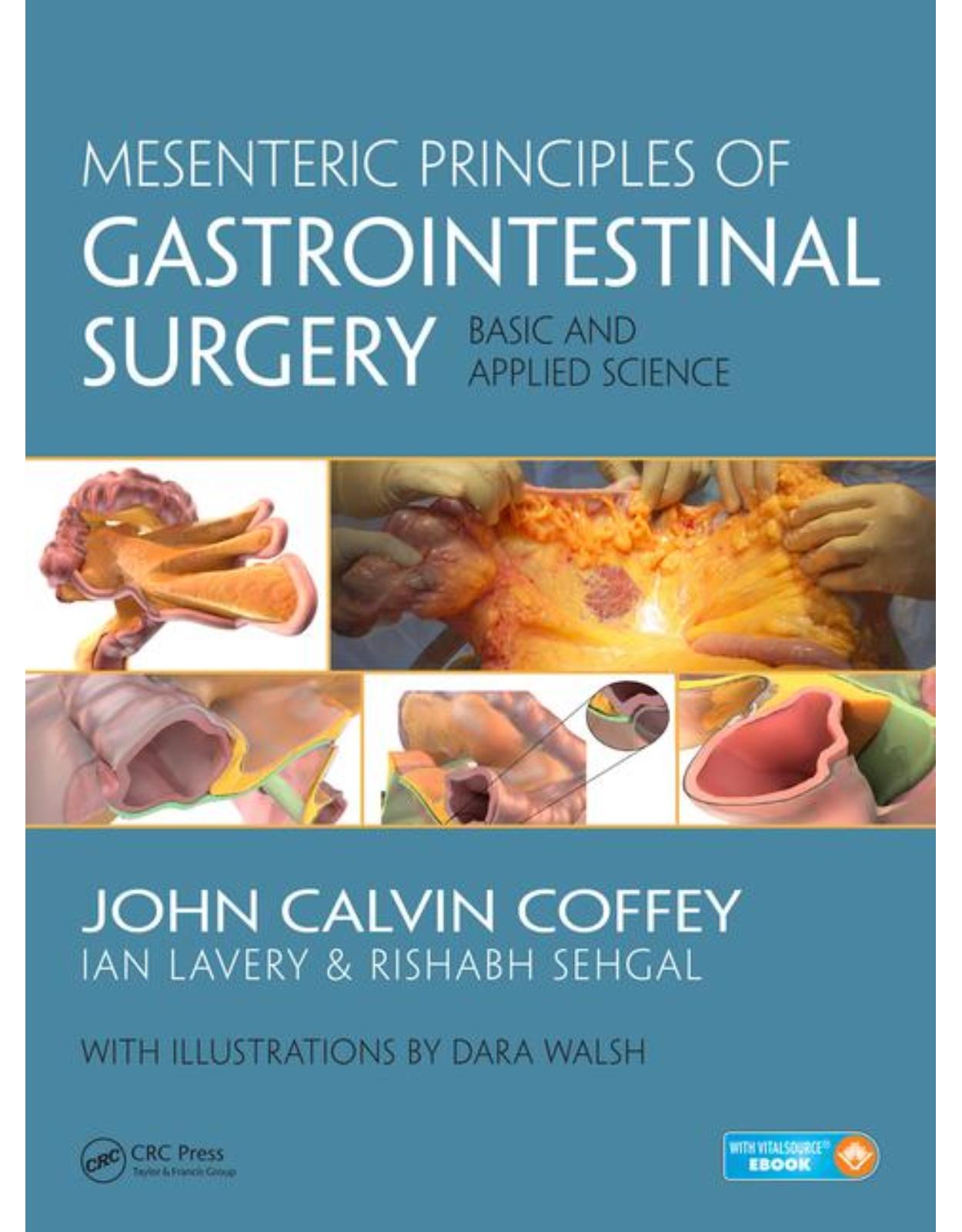
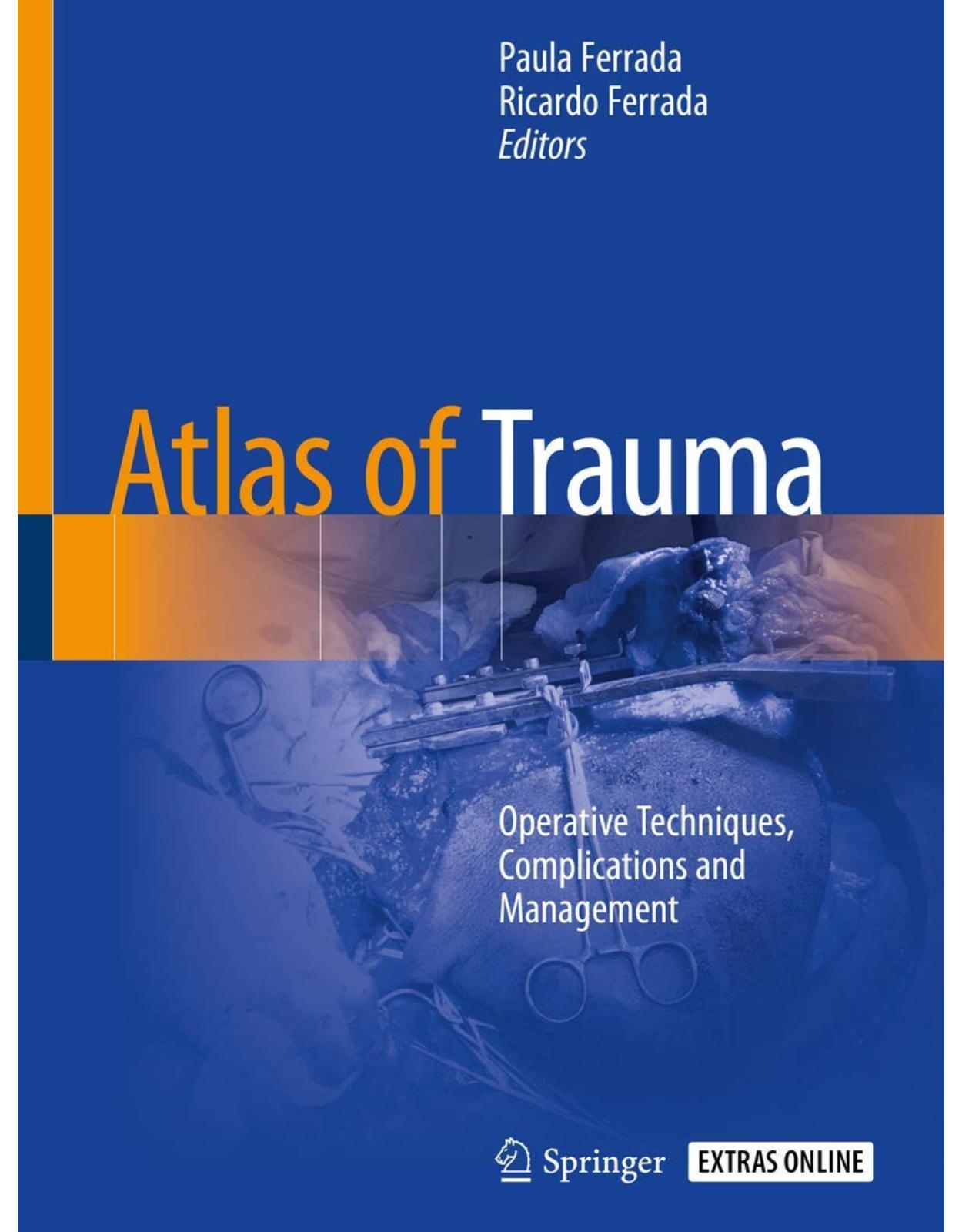
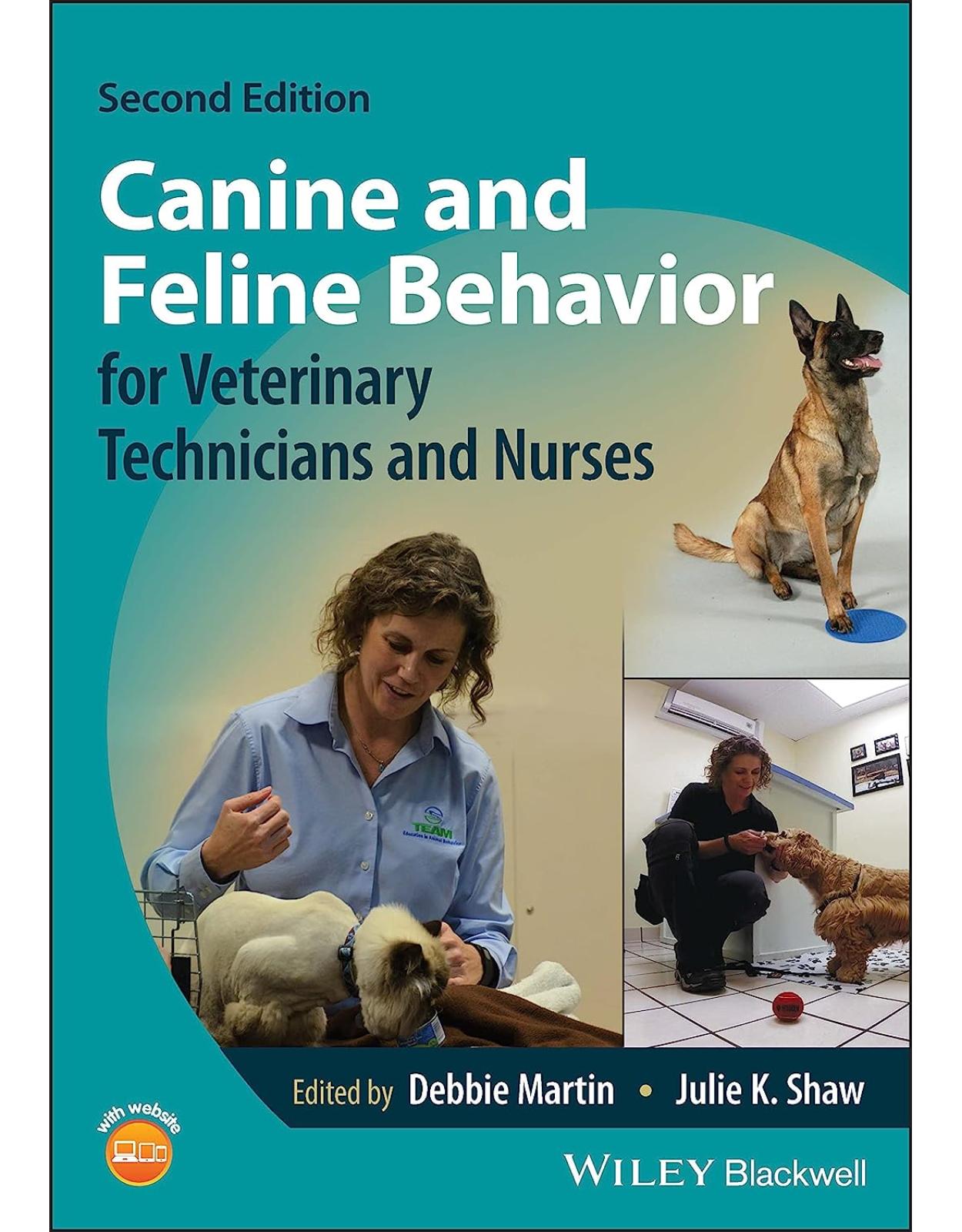
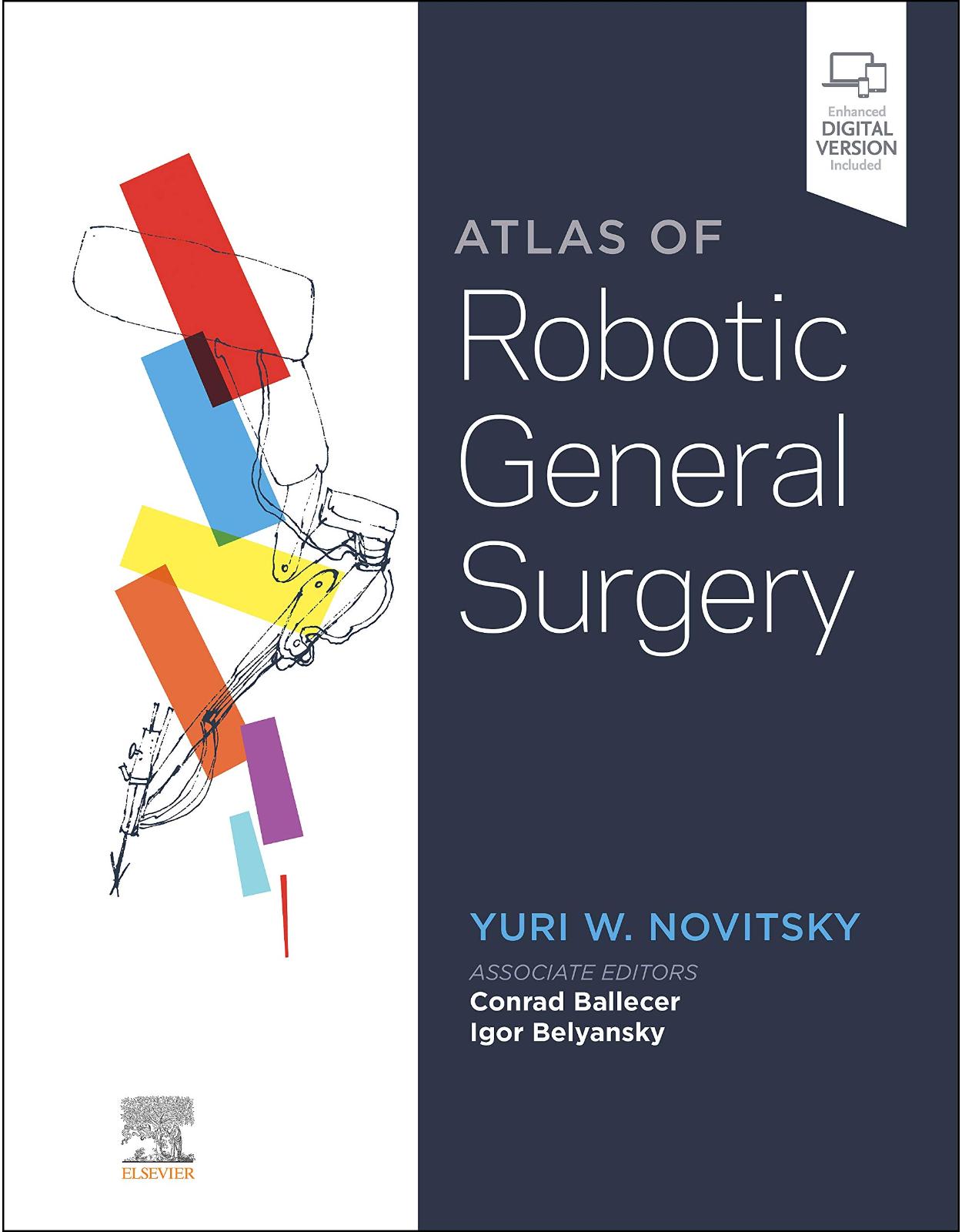
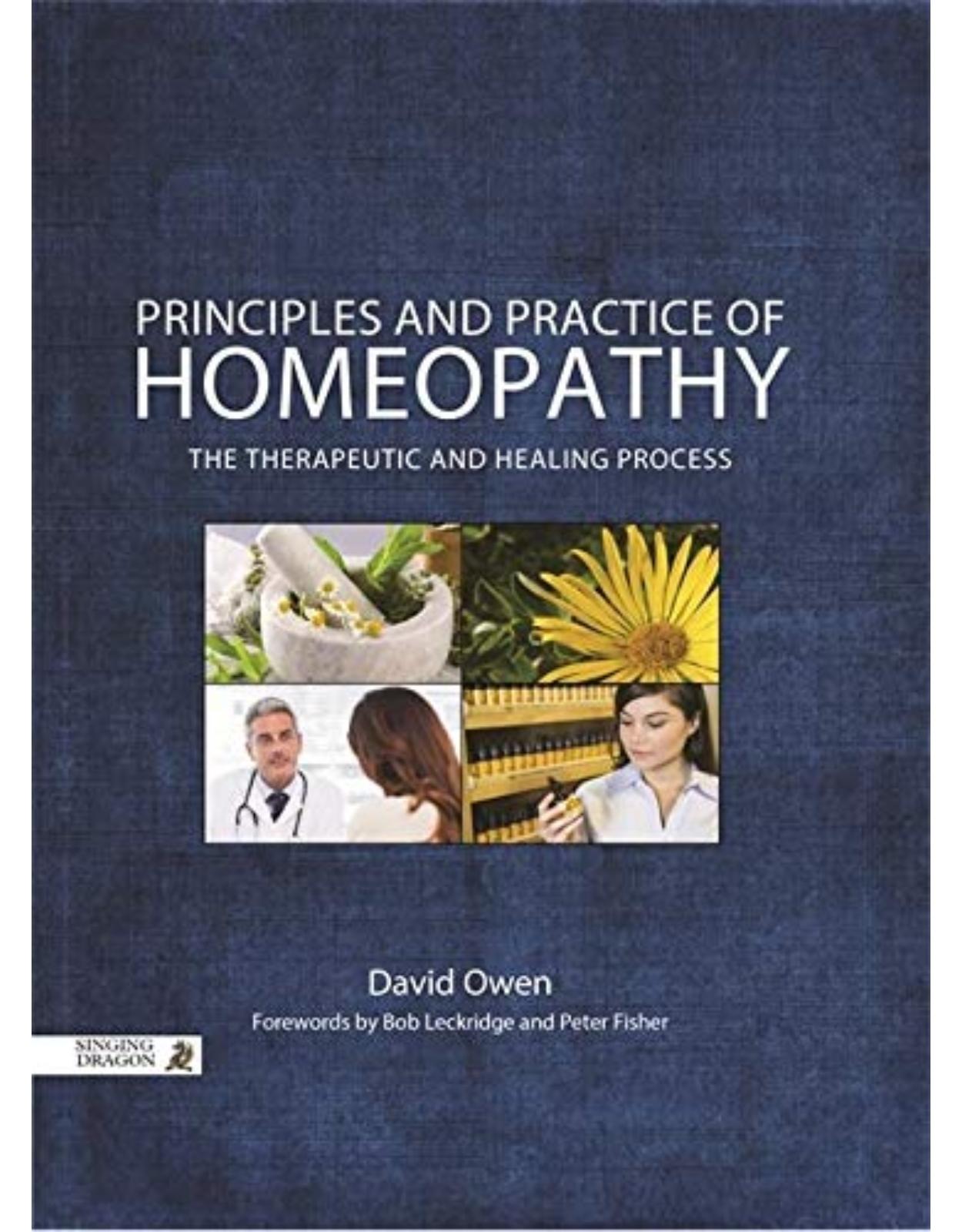



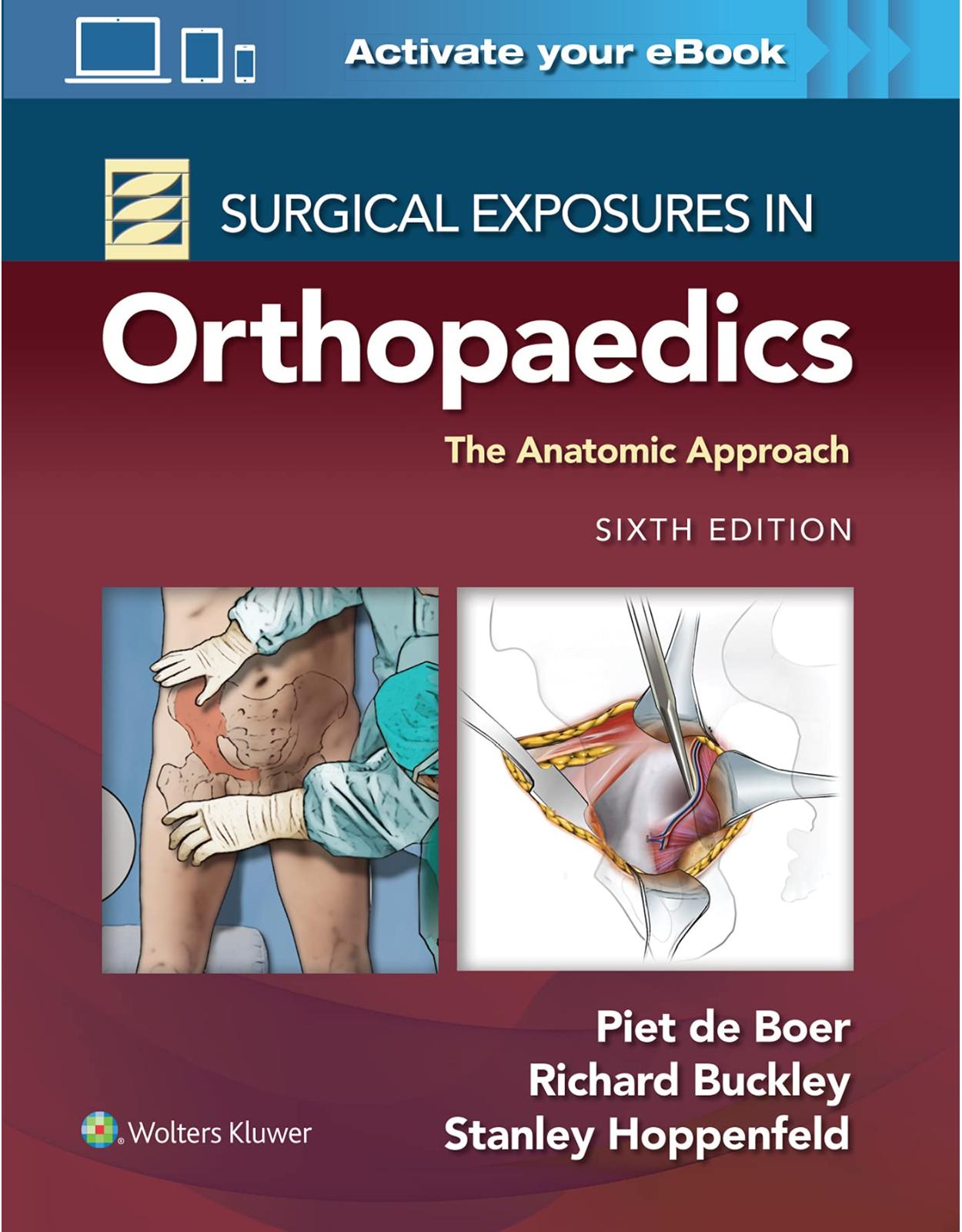
Clientii ebookshop.ro nu au adaugat inca opinii pentru acest produs. Fii primul care adauga o parere, folosind formularul de mai jos.